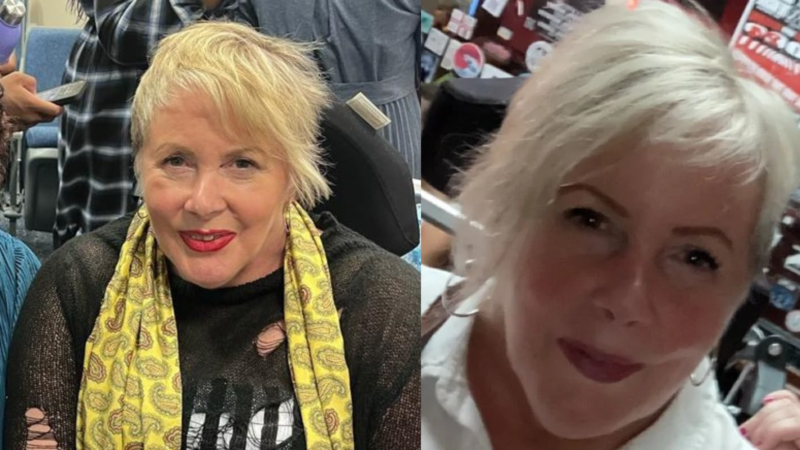A multi-disciplinary approach, which involves different healthcare professionals working together, is important in not only managing the condition and symptoms but in improving wellbeing too. The severity of XLMTM and some cases of CNMs mean that condition management is required as soon as symptoms begin.
Access to a healthcare team
People should have access to a multidisciplinary healthcare team. Usually, the lead professional will be a neurologist – a doctor specialising in conditions that affect the muscles and nervous system. If you do not have contact with a neurologist or specialist doctor, speak to your GP about getting access to one.
Respiratory
Breathing problems are common. A baby or child with XLMTM is likely to need long-term breathing support for at least some hours of the day and/or night. Respiratory weakness can cause morning headaches, breathlessness, poor appetite, and disturbed sleep.
Regular monitoring of respiratory function is important, even for those who seem to be mildly affected. Some people who need a lot of breathing support during the day and night may require invasive ventilation, which involves placing a tracheostomy tube into the windpipe through a small incision. For those who do not need continuous breathing support, non-invasive ventilation (NIV) may be a better option.
Pneumococcal and annual flu vaccinations should be taken to help prevent chest infections, which would require prompt antibiotic treatment.
Swallowing and nutrition
Swallowing difficulties can be severe and impact feeding. Referral to a speech and language therapy team is necessary for assessment and to begin swallowing therapy. Unmanaged difficulties can lead to inhalation of saliva, food, or drink into the lungs (aspiration) and cause serious infection (aspiration pneumonia).
If feeding difficulties lead to poor weight gain and malnutrition, referral to a dietetics service is necessary. Nutritional supplements and vitamins will be considered. A feeding tube (gastrostomy) may be necessary to ensure adequate nutrition and hydration, especially in people with severe swallowing difficulties – the tube allows food to be put directly into the stomach.
Exercise and physiotherapy
Physiotherapy is recommended as it can help to maintain breathing capacity, manage scoliosis (curvature of the spine), and prevent further worsening of joint stiffness. It can also help maintain physical function and mobility. A specialist physiotherapist, a healthcare professional who helps manage symptoms through movement, exercise, and manual therapy, can put together a suitable exercise plan. This may focus on gentle stretching and range of motion (ROM) exercises. Children will need support from caregivers to guide them through exercises and provide encouragement. Daily respiratory physiotherapy, including airway clearance, is recommended, especially for those on ventilators and those with poor respiratory muscle strength. For advice for adults, see exercising with a muscle wasting condition.
Cardiac
Cardiac symptoms, such as cardiomyopathy, which makes it harder for the heart to pump blood properly, are rare but can occur in those with changes in the TTN or SPEG10 genes. Cardiac monitoring is recommended in these cases.


